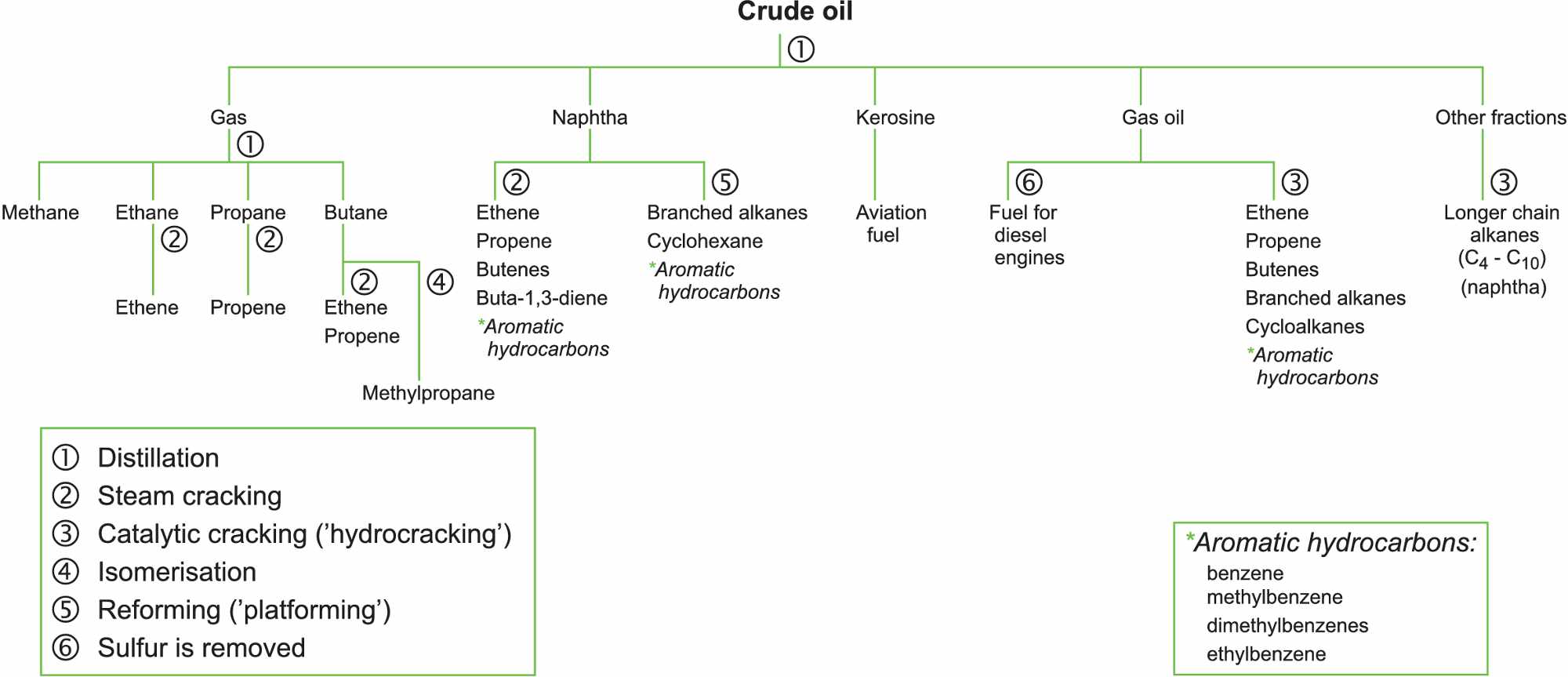A process for the hydroconversion of a petroleum hydrocarbon fraction having an initial boiling point of at least about 400° F. And containing at least 50 p.p.m. Nitrogen which comprises contacting said fraction in the absence of preliminary treatment for nitrogen removal with a hdyrocracking catalyst having a hdyrogenating component consisting essentially of a member of the group consisting of Group VIII metals, Group VI metals, their oxides, sulfides and mixtures thereof in a first stage under hydrocracking conditions to obtain a conversion to 400° F. And lighter material of at least 10 percent, removing the 400° F. And lighter material from the reactant stream, passing the 400° F. And heavier portion of the reactant stream into contact with a hydrocracking catalyst in a second stage under hydrocracking conditions and to obtain in the second stage a conversion to 400° F. And lighter material of between 30 to 70 percent, the catalysts in said first and second stages comprising a hydrogenating component supported on a mixture containing 5-75 percent by weight of a modified crystalline zeolite having uniform pore openings of 6-15 A, a silica:alumina ratio in the range 3- 10 a rare earth metal content of less than 0.5 weight percent and at least one amorphous inorganic oxide and containing less than about 1 percent alkali metal.
Hydrocracking process and catalyst technology solutions has lead to process innovations. Incorporated in enhanced two-stage UOPan Unicracking™ process design, providing a. Significant increase (up to 5 –7 wt%) in distillate yields while processing difficult high-nitrogen. Heavy feedstocks. Oct 10, 2018 - In view of the advantages of mild hydrocracking process, it is essential to understand the process, catalysts used, reactions, kinetics,.

The process of claim 1 in which the hydrocracking temperature in the first stage is greater than the hydrocracking temperature in the second stage. The process of claim 1 in which the volume of the catalyst in the first stage is greater than the volume of the catalyst in the second stage.

The process of claim 1 in which the modified zeolite is prepared by subjecting zeolite Y to at least two sequences comprising ion exchange with an ammonium compound, drying and calcining. The process of claim 4 in which the final calcining temperature is not greater than 1,200° F. The process of claim 1 in which the component of the hydrocracking catalyst in the second stage comprises palladium.
We provide this instruction based on premise that you have ordered DVRs from us, or you are using similar DVRs with same embedded firmware like our products. Calculate code dvr h 264 download. Random super password generation requires you with the password generation software.
Of the hydrocracking catalyst of the first stage comprises nickel and tungsten. The process of claim 1 in which the hydrogenating component of the hydrocracking catalyst in the second stage comprises nickel and tungsten. The process of claim 1 in which the hydrogenating component of the hydrocracking catalyst in the second stage comprises palladium. This invention relates to a hydrocarbon conversion process. More particularly it is concerned with the conversion of heavy hydrocarbon fractions into lighter more valuable products by hydrocracking.
Hydrocracking is now well-known in petroleum refining and has attained considerable commercial success. However, the process as currently practiced has several disadvantages, in particular the number of reaction vessels and the volume of catalyst required. Autocad 2007 full gezginler gta free. In conventional commercial hydrocracking processes, it is customary to have at least two reactors, the first for hydrotreating and the ensuing reactor or reactors for hydrocracking.
Each of the reactors involved contains a catalyst, the catalytic hydrotreating reactor frequently being referred to as a guard chamber since its function is to protect the h drocracking catalyst from deactivating materials and poisons. Hydrocracking catalysts generally are bifunctional and contain two components, a hYdrogenating component supported on a cracking component. It is well-known that cracking catalYsts should be acidic as this quality enhances the cracking activity and accordingly it has been accepted that the supports for hydrocracking catalysts should also be acidic to promote the cracking portion of the hydrocracking reaction. One of the disadvantages of petroleum hydrocracking processes as currently practiced is that the conventional catalysts are rapidly deactivated when petroleum fractions containing undesirably high concentrations of nitrogen and/or polycyclic aromatics are brought into contact with the hydrocracking catalyst. During the course of the hydrocracking reaction the organic nitrogen may, because in some instances of itS basic nature, attack the acidic sites of the cracking component thereby neutralizing the acidity of the catalyst and causing a rapid deactivation in the cracking activity of the catalyst. It is also quite likely that the organic nitrogen compounds are decomposed under hydrocracking conditions with the formation of ammonia which, too, will attack the acidic sites of the cracking component thereby causing additional loss of catalyst activity.
Latest Pages
- Psicopatologia Uma Abordagem Integrada Pdf To Doc
- Rebus Kazaksha Zhauabimen 2 Sinip
- Dominando El Arte De La Cocina Francesa Pdf
- Materinskaya Plata Msi N1996 Manual
- Download Insidious 3 Sub Indo 480p
- Igo Primo Data Zip 1920x1080 Pictures
- Buku Psikologi Pendidikan Free Download
- Eleventa Punto De Venta Keygen Full Version
- Free Mercedes Ecu Software